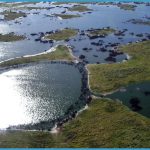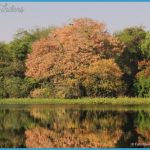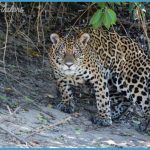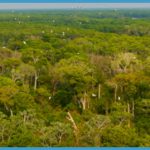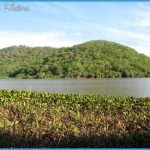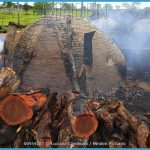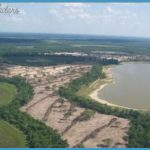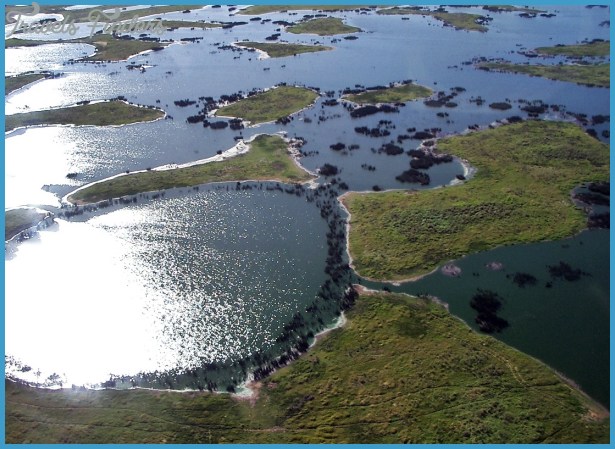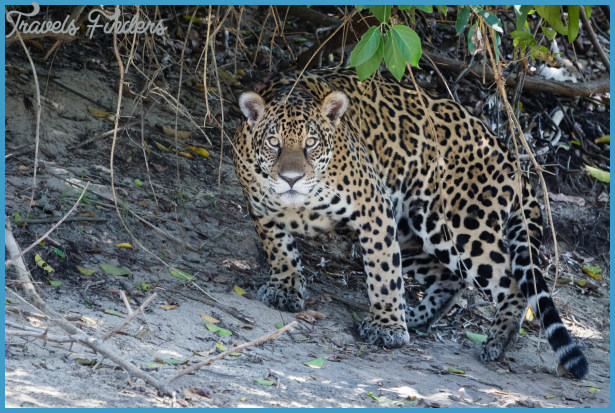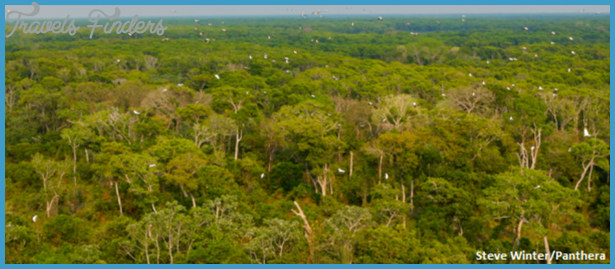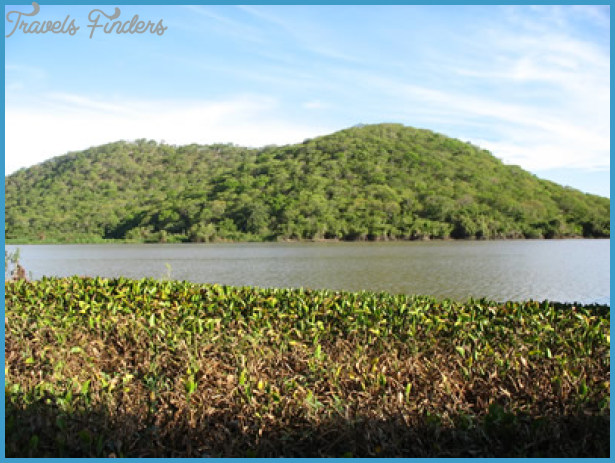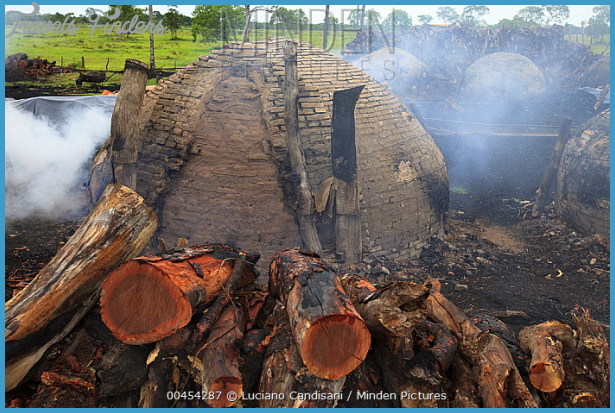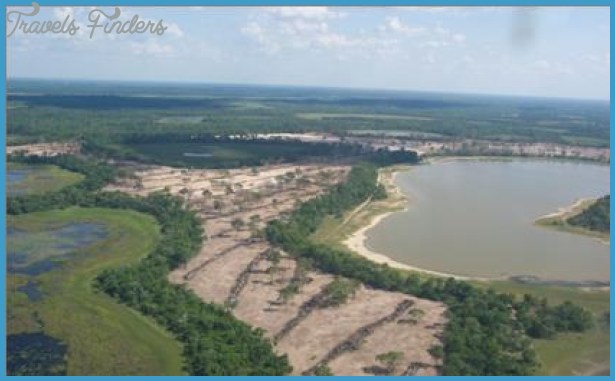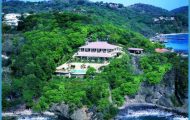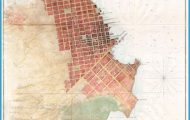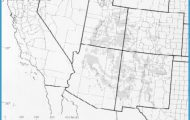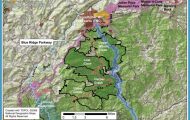The Pantanal is a delicate ecosystem which serves as home to an astonishing amount of animals. It also acts as a regulatory system for the Paraguay River, guarding communities to the south from flooding. Unfortunately, this pristine wilderness is under constant threat by large industries such as mining and agriculture, as well as smaller but equally dangerous enterprises such as poaching. Agriculture in particular is very damaging to the fragile balance of the Pantanal. Clear cutting makes room for grazing cattle while robbing native animals of their habitats. Without trees to hold it in place, soil erodes quicker depositing sediment into the rivers. These may end up rerouted, causing flooding in other areas. Large felines such as jaguars and pumas are seen as nuisances by ranch hands and regularly killed to protect livestock. Both agriculture and mining are responsible for toxins entering the water system. Poachers disrupt the balance of the animal chain by eliminating prized predators such as jaguars and yacares, in turn allowing their respective prey to flourish unchecked. Most of the Brazilian Pantanal is under private ownership and the areas of Bolivia and Paraguay covered by the Pantanal are among the most remote and least populated of both countries. This makes it difficult to enforce existing laws designed to protect the area. Although on the books Paraguay’s environmental protection laws are quite good, in reality there are very few resources and little political will to make significant enforcement efforts.
Venturing Farther into the Wild
Los Tres Gigantes Field Station
Run by nature conservation NGO Guyra Paraguay, Los Tres Gigantes is a nature reserve along the banks of the Rio Negro which safeguards 15,000 hectares of the beautiful Pantanal ecosystem. The station is named after the three large endangered species that can be found in the region: the Giant Anteater, Giant River Otter and Giant Armadillo. Visiting Los Tres Gigantes is an extraordinary experience bringing you face to face with the Pantanal’s rich biodiversity without any tourists. The station has two dorm-style bedrooms and one large double, each with their own bathroom The kitchen is available to prepare food, but be prepared to bring supplies. Upstairs includes a screened in porch and downstairs there are hammocks and a nice dining room with reading materials. Although the station is screened, expect to deal with a fair number of insects. The station includes three walking trails that follow the river and then head inland. Be sure to bring lots of repellant. Park guards are a wealth of information, but you need to be proactive if you want guided tours. Do not miss the opportunity to take advantage of their expertise, as they are happy to accompany you both on land and in kayaks along the river. Tel: 021 229 097, the station is located twenty-six kilometers upriver from BaMa Negra, approximately thirteen kilometers past the confluence of the Negro River and Paraguay River, and is accessible only by motorboat. Reservations must be made ahead of time with Guyra headquarters in Asuncion. They can arrange for guided tours around BaMa Negra and Puerto Diana as well as for transportation via motorboat to the station (about US$60 per round trip), though you can shop around BaMa Negra for a better price. US$25 per person without food, US$35 per person full board, Gs. 70,000 per person for day trips, Gs. 30,000 per person for camping.
Fortm Galpon
In 1908, the ruling Liberal party created Fortin Galpon, a penal colony for Colorado Party political prisoners, along the Verde River. Trapped in a kind of Paraguayan Devil’s Island, the prisoners were subjected to the region’s many hazards (from pesky insects to dangerous felines), and to innumerable cruelties at the hands of their captors.
Continuing North Upriver to Bolivia
It is becoming increasingly popular for backpackers to make their way to Bahia Negra, and on to Bolivia by motorboat. The boat ride to Puerto Busch takes about forty minutes, during which time you are likely to see a fair amount of wildlife along the river. The border crossing at Puerto Busch is nothing more than a small military outpost. Though they will take down your information, tourists must officially pass through immigration in Puerto Quijarro (from which you can take the train to Santa Cruz or cross over to Corumba in Brazil). From Puerto Busch it is about 180 kilometers to Puerto Suarez which, in turn, is about ten kilometers from Puerto Quijarro. A taxi from Puerto Busch to Puerto Suarez costs about US$100 and can be arranged through the military outpost. Don Aliche (see River Guides) has made the trip to Puerto Busch with tourists several times, and Hombre y Naturaleza can help coordinate to get you as far as Puerto Suarez. In order to avoid trouble in Puerto Busch, it is best to have obtained a Bolivian visa ahead of time.

